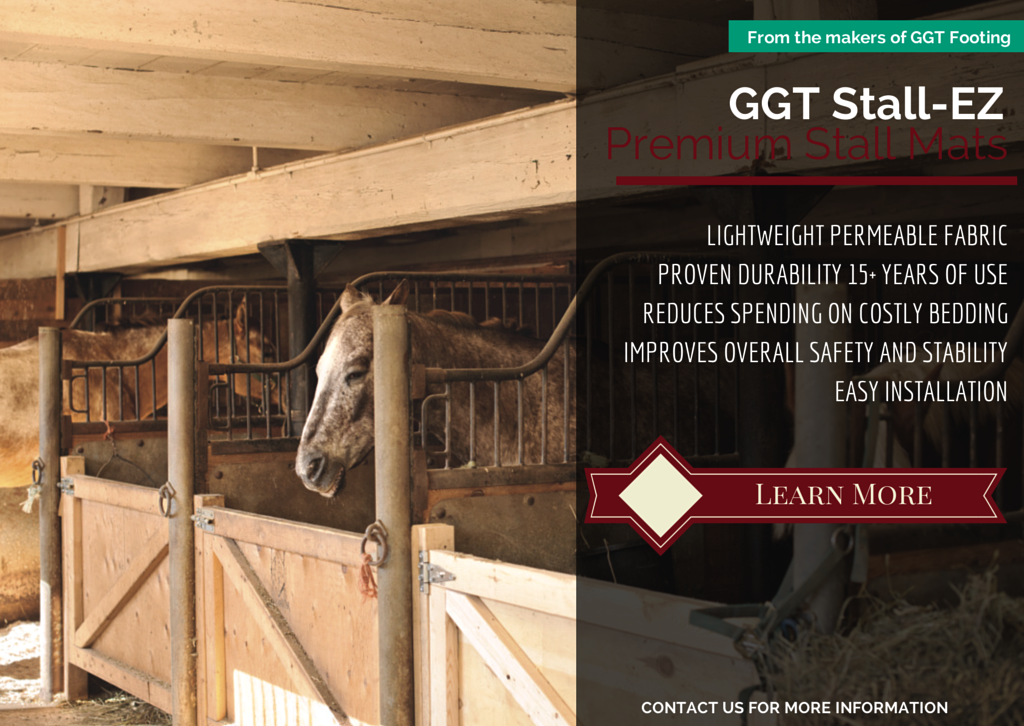Most horse people have been schooled in basic safety about riding- always wear a helmet, always wear a boot with a heel, check your girth after getting on, don't approach a horse from the rear and things like that. However, you'll note that these tips are all about keeping people safe. It's good to keep people safe. But a surprising number of experienced riders don't think enough about horse safety.
Although horses are very large, powerful animals they are surprisingly delicate and are very prone to injury. As prey animals they tend to panic easily and turn even the most minor mishap into a major crisis. They also have finicky digestive tracts, long skinny breakable legs and prehensile lips.
Lock up the feed
Yes, prehensile lips that work quite a bit like fingers. If given the opportunity, many a horse (or pony- particularly ponies) can figure out how to open gates and stall doors and go out for a stroll in the barn at midnight. There's not much a mischievous horse can damage in the average barn, but there is a huge hazard to horses present in most barns- the feed room. If a horse can gain access to the grain and eat too much, the horse will probably colic and/or founder. Avoid any possibility of this happening and secure the feed. It's best to put several obstacles between the horses and the feed- a locked feed room door and a horse-proof container for the feed inside that door.
Another problem that many equestrians forget about is do not feed other people's horses anything without permission. Many boarders like to show up with 20 pound bags of carrots and apples and horse cookies and enjoy going around feeding every horse in the barn a bunch of sweet goodies. Unfortunately, a lot of horses cannot tolerate these kinds of handouts. Many horses today are on weight-control diets. Others are insulin-resistant and cannot tolerate sugary snacks. Still others have allergies. And others take off people's fingers in their eagerness to get at the goodies. It's best to post big signs reminding people to not feed the horses without permission from the owner.

Dust
Barns naturally tend to be dusty. Bedding and hay tend to produce dust. The horses come in covered with mud and it flakes off and turns into dust. The arena footing emits dust that wafts into the barn. Most riders just shrug and deal with it. However, dust is very unhealthy for horses (and riders). It irritates their eyes, they breathe it in and it irritates their lungs. Many a horse kept in chronically dusty conditions has developed a persistent cough, reduced ability to work, and severe respiratory conditions such as heaves.
It is well worth the time and effort to try to reduce the amount of dust in a barn environment. Good ventilation is helpful- even in bad weather, the barn shouldn't be sealed up tight. Try to buy bedding and hay that isn't as dusty as cheaper alternatives. Storing hay and bedding in a different building can keep the dust levels down in the barn. Instead of using a leaf-blower or a broom to clean the aisles, try vacuuming the aisles. Blowers send the dust flying into the air, as do brooms. A good shop-vac can remove the debris without filling the air with dust. If you must sweep or blow, try to remove the horses during this procedure, and consider wearing a dust-mask yourself while you do the chore.
A major source of dust exposure to the equine is the arena footing. Packed-dirt footing can produce an amazing amount of dust. Even sand and wood chip footings tend to release a lot of dust into the air. Regularly wetting down the footing can help, but an even better idea is to invest in a footing that is relatively dust-free in the first place, such as GGT footing. When considering the health costs of horses and riders constantly breathing in dust, investing in good footing seems like a bargain.
Footing
The footing in barn aisles is often ignored as a hazard to equine health. Many barns put in concrete as an inexpensive, easy to clean surface for the aisles. However, concrete is very slippery underfoot for shod horses. It is also very unforgiving if a horse falls on it. Rubber paver bricks are perhaps the best surface to use for barn aisles. They provide good traction for shod and unshod horses, are easy to clean, and are quite forgiving if a horse manages to have a mishap on it. Admittedly, they are quite pricey. If special paving is out of the budget, consider laying down rubber stall mats over the concrete.
The arena footing, unfortunately, comes up next on the list of hazards to equine health in many barns. Footing that is too hard will cause excessive wear and tear on equine legs. Footing that is too deep will cause expensive and possibly career-ending tendon and ligament injuries. And footing that is too slippery can cause potentially fatal- to horses and riders- falls. Skimping on quality when putting in the arena footing is always a poor financial decision. Every penny saved on cheap, low-quality footing will cost hundreds in terms of damage to the health of the horses who work on the footing.
If you're interesting in improving your arena footing, or are thinking of putting in a new arena, contact us today.



